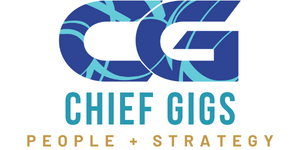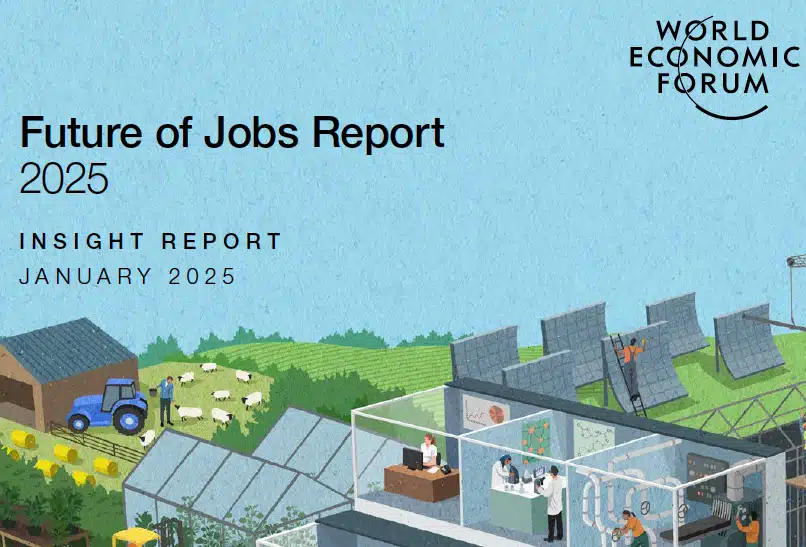|
There is a wealth of information, but we will highlight two important topics:
|
Core Skills in 2025Soft or “power” skills dominate top 10. From the global perspective, global citizenship and multilingualism aren’t high on the list, though these remain critical for US firms. |
 |
|
The most critical issues for employers regarding reskilling and upskilling, as highlighted in the report, include:
These insights underline the importance of a structured approach to addressing skill instability and aligning reskilling programs with emerging job market trends. |
Skills on the Rise, 2025-2030Looking forward, AI and big data take the lead with power skills still occupying 5 spots out of the top 10. |
Workforce StrategiesBarriers to organizational transformation, 2025-2030 |
|
From the chart above, we can see that the most critical barriers include:
Improving Talent AvailabilityThese points emphasize the need for comprehensive strategies that address both systemic barriers and emerging workforce trends. |
 |
And we’re still not aligned…Business Practices to Boost Talent Availability: Employee vs. EmployerThe findings also highlight areas of misalignment between employee and employer expectations. The divergence is most pronounced around supporting health and well-being and upskilling and reskilling, which are viewed as essential by employers, but less so by employees, who rank them 8th and 7th, respectively. By contrast, employees place higher value on working hours, which tops the list of desired policies, while employers rank this measure the eighth most effective strategy to boost talent availability; and pension policies, which rank 5th for employees – 10 places higher than for employers. |
 |
|
Download the full report to start crafting your strategy. We would love to talk to you about how Chief Gigs can assist you to build a solid and sustainable strategy to combat today’s challenges. |



